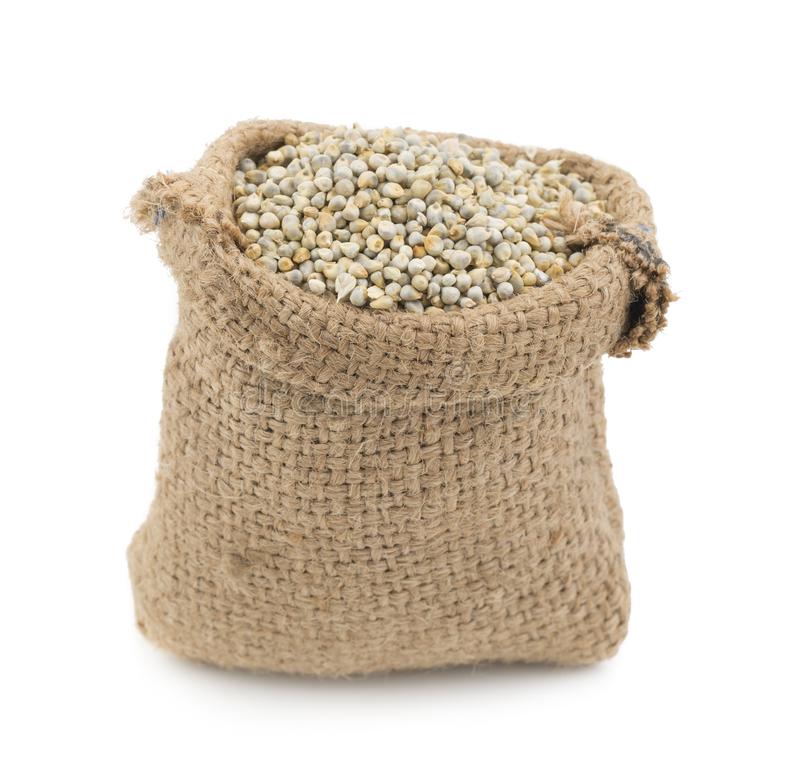
Introduction:
Bajra or pearl millets is grown for grain as well as for fodder purpose whereas Napier or elephant grass is mainly cultivated as forage crop. Napier-bajra is hybridization between bajra and elephant grass. This hybrid increases number of tillers thus yield, quality of forage also minimize risk of becoming weed in case of napier. After plantation, it give yield continuously upto 2-3 years.
Climate: Season
Temperature
30°C
Season
Rainfall
30-60 cm
Season
Sowing Temperature
30°C – 32°C
Season
Harvesting Temperature
20-25 degree
Soil:
It can cultivate on various soil but gives best result when grown on heavy soils having high nutrient fertility. It is tolerant to mild salinity. Avoid water logged soils for cultivation of napier bajra hybrid.
Popular varieties with yield:
PNB 233: Hybrids having smooth broad and long leaves. Gives average yield of 1100quintals/acre.
PNB 83: Fast growing, late flowering hybrid. Gives average yield of 961quintals/acre of green fodders.
PBN 346: It gives an average yield of 715qtl/acre. The plants of this variety are soft, long and wide leaves.
Other state varieties:
CO 3, Pusa Giant Napier, Gajraj, NB-5, NB-6, NB-21 and NB-35
Land Preparation:
Plough land once by mould board lough and then do harrowing for two times to bring soil to fine tilth. After ploughing, do planking to make soil levelled. Make ridges and furrows at distance of 60 cm.
Sowing:Time of sowing
Under irrigated conditions, optimum time for planting is from last week of February to May. For rainfed areas, sowing can be done from June to August.
Spacing
For good growth and yield spacing of “90 cm x 40 cm” or “60 cm x 60 cm” is recommended
Sowing Depth
Stem cutting are sown at depth of 7-8 cm in furrow.
Seed:
Bajra can be grown in wide range of soil. However, it thrives best in black cotton soils, sandy laom soils having well drainage. This crop does not prefer acidic and water logging soils. Avoid saturated soils for its cultivation. It grows successfully well in soils with low ph or high salinity. Bajra can be eaily grown in regions where other cereal crops like wheat or maize would not survive.
Fertilizer: –
Fertilizer Requirement (kg/acre)
UREA SSP MOP
70 240 –
Nutrient Requirement (kg/acre)
NITROGEN PHOSPHORUS POTASH
30 40 –
At time of field preparation add well decomposed cow dung@20ton/acre.15 days after sowing, add Nitrogen@30kg/acre in form of Urea@70kg/acre. After each cutting, repeat this nitrogen dose. Apply Phosphorus@40kg/acre in form of SSP@240kg/acre in two equal splits, first dose in spring and second dose in monsoon.
Weed control:
The organo mercurial compound ceresin, Agrosan should be used @ 2-3 kg per hectare to control seed borne diseases.
Irrigation:
Apply irrigation during summer month or hot and dry months depending upon soil type and climate conditions.
Harvesting:
Harvesting should be done after 50 days of sowing. After first cutting, when crop height becomes one meter, take second cutting. Do not allow to grow crop for more than 2 meter as it will leads in decreased in nutritional value of fodder. Such fodder is heavy for digestion.
month.
References:
1.Punjab Agricultural University Ludhiana
2.Department of Agriculture
3.Indian Agricultural Research Instittute, New Delhi
4.Indian Institute of Wheat and Barley Research
5.Ministry of Agriculture & Farmers Welfare
